Discover the essentials of renting in Seoul, from choosing the right neighborhood to navigating the rental process for foreigners. Find your ideal Seoul apartment with our comprehensive guide.
Welcome to the bustling heart of South Korea, Seoul, a city where ancient traditions seamlessly blend with cutting-edge technology. For those looking to dive into this vibrant city life, finding the perfect nest is your first step to embracing the Seoul rhythm. Whether you're an expat dreaming of your Korean adventure or a local seeking a new neighborhood, this guide is your compass to renting an apartment in Seoul.
Discovering Seoul's Rental Market
Seoul's housing market is as diverse as its districts, offering everything from cozy studios to spacious family homes. The city caters to all, with a variety of living spaces including modern high-rise apartments, traditional Korean houses (Hanoks), convenient officetels, and more intimate villas. Understanding these options is crucial in finding a place that feels like home.
- High-rise apartments are a popular choice for those seeking convenience and luxury, often coming with a range of amenities like gyms, shops, and security services.
- For a slice of Korean tradition, Hanoks offer a unique living experience with their beautiful courtyards and wooden architecture, though they might lack some modern comforts.
- Officetels, blending office and residential space, are perfect for the young professionals or students prioritizing location over size.
- Lastly, villas provide a quieter, more community-focused living environment, often found in residential neighborhoods.
Navigating Neighborhood Vibes
Seoul is a city of neighborhoods, each with its own character and lifestyle. Gangnam, famous worldwide for its luxury and nightlife, is ideal for those who love being in the heart of action, ready to splurge on higher rent for the prestige and convenience. Hongdae, with its youthful energy, street art, and indie music scene, attracts students and creatives looking for vibrant living at a more affordable price. For a truly international feel, Itaewon is the melting pot of Seoul, offering diverse culinary experiences and a welcoming expat community. Each neighborhood in Seoul offers a unique glimpse into the city's kaleidoscopic culture, making it important to visit and get a feel for each area before making your decision.
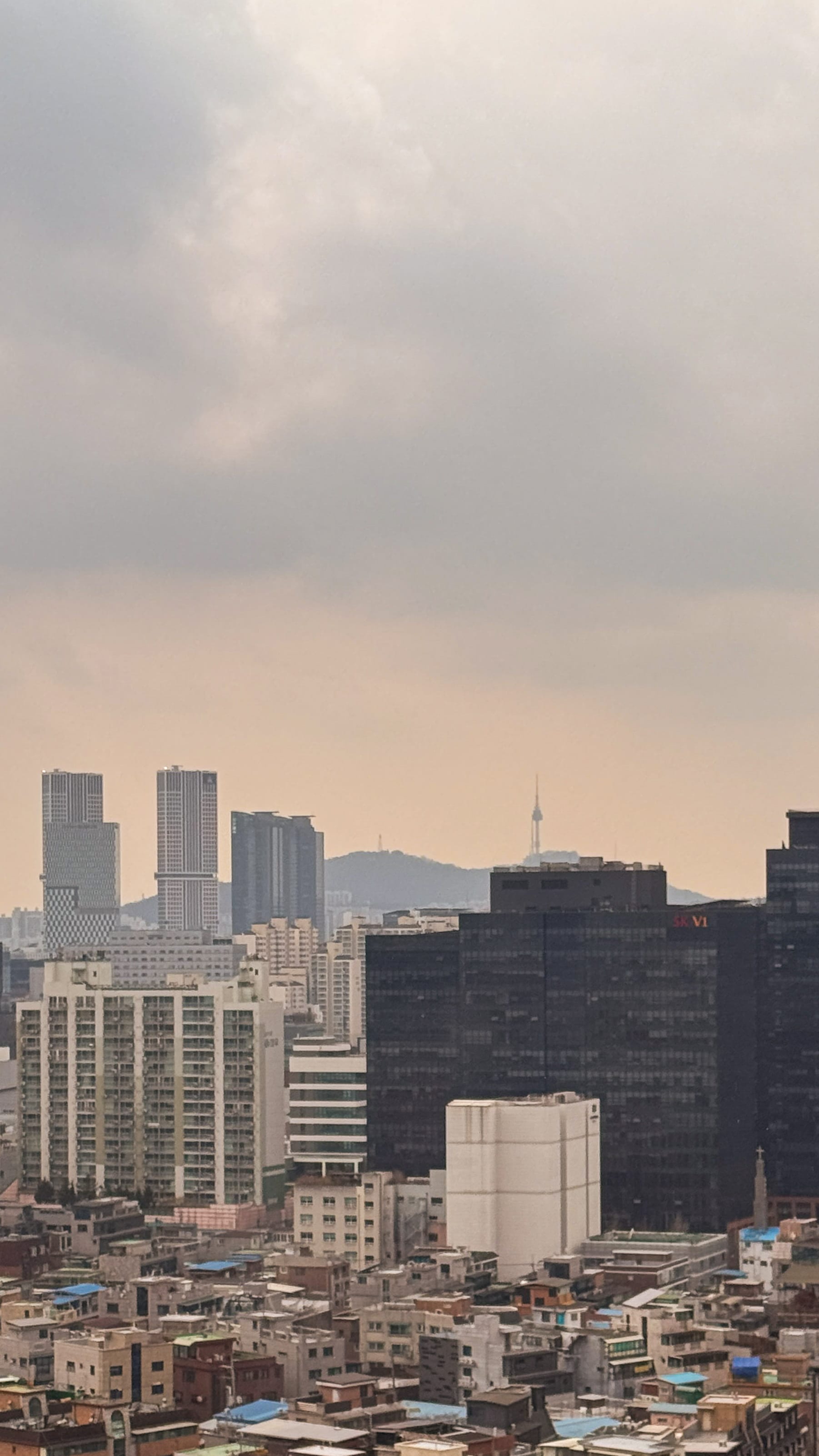

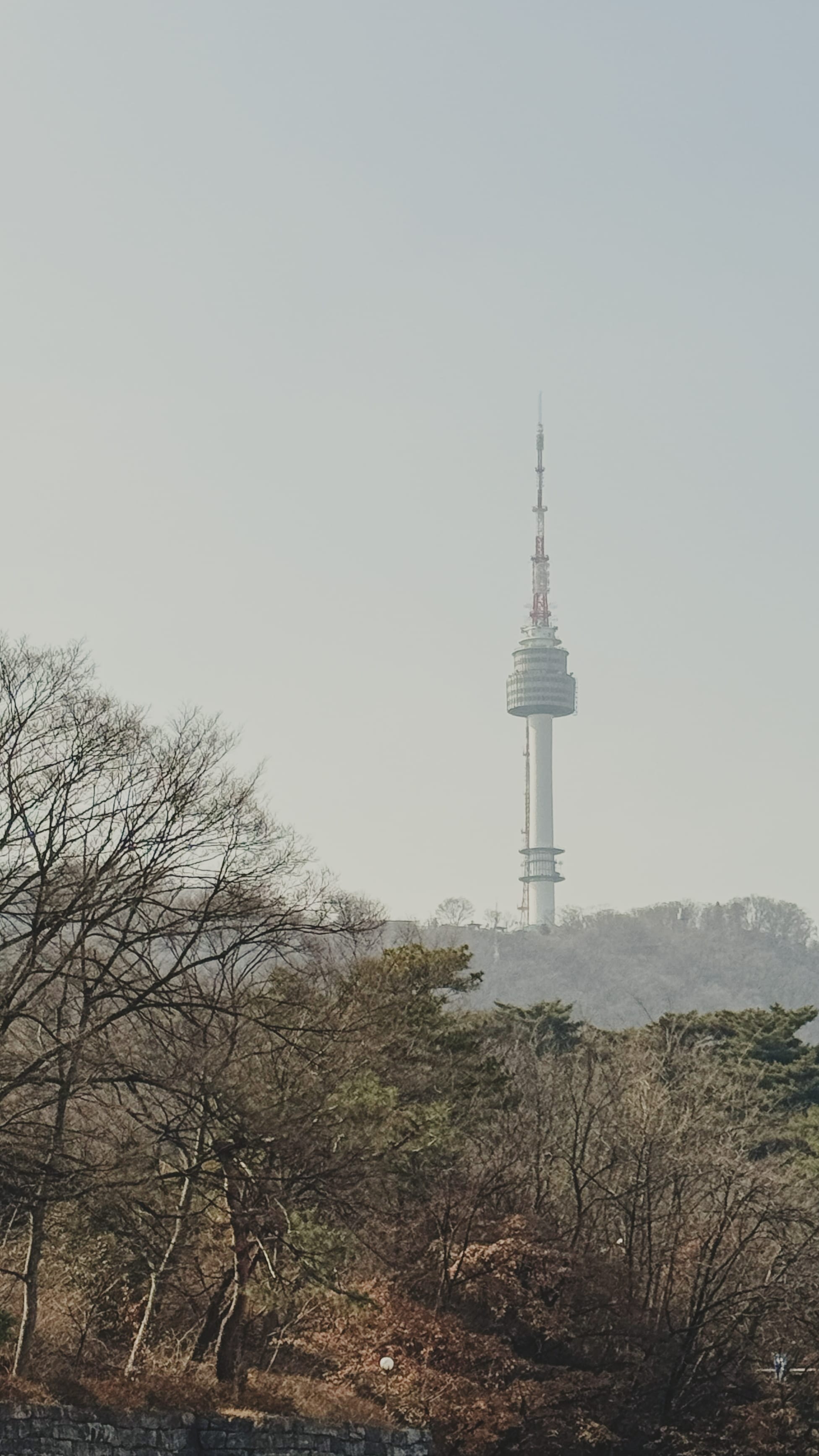
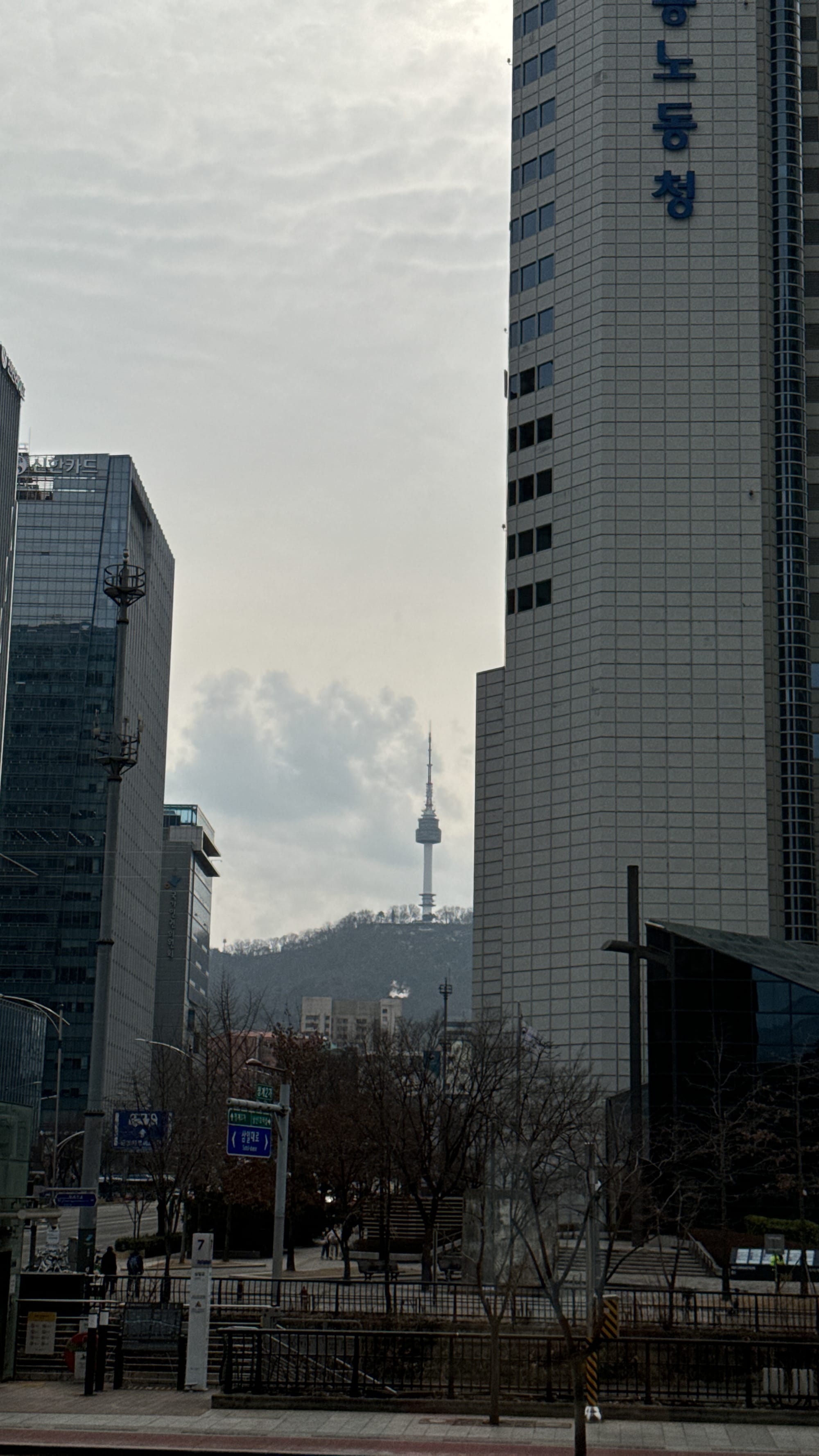


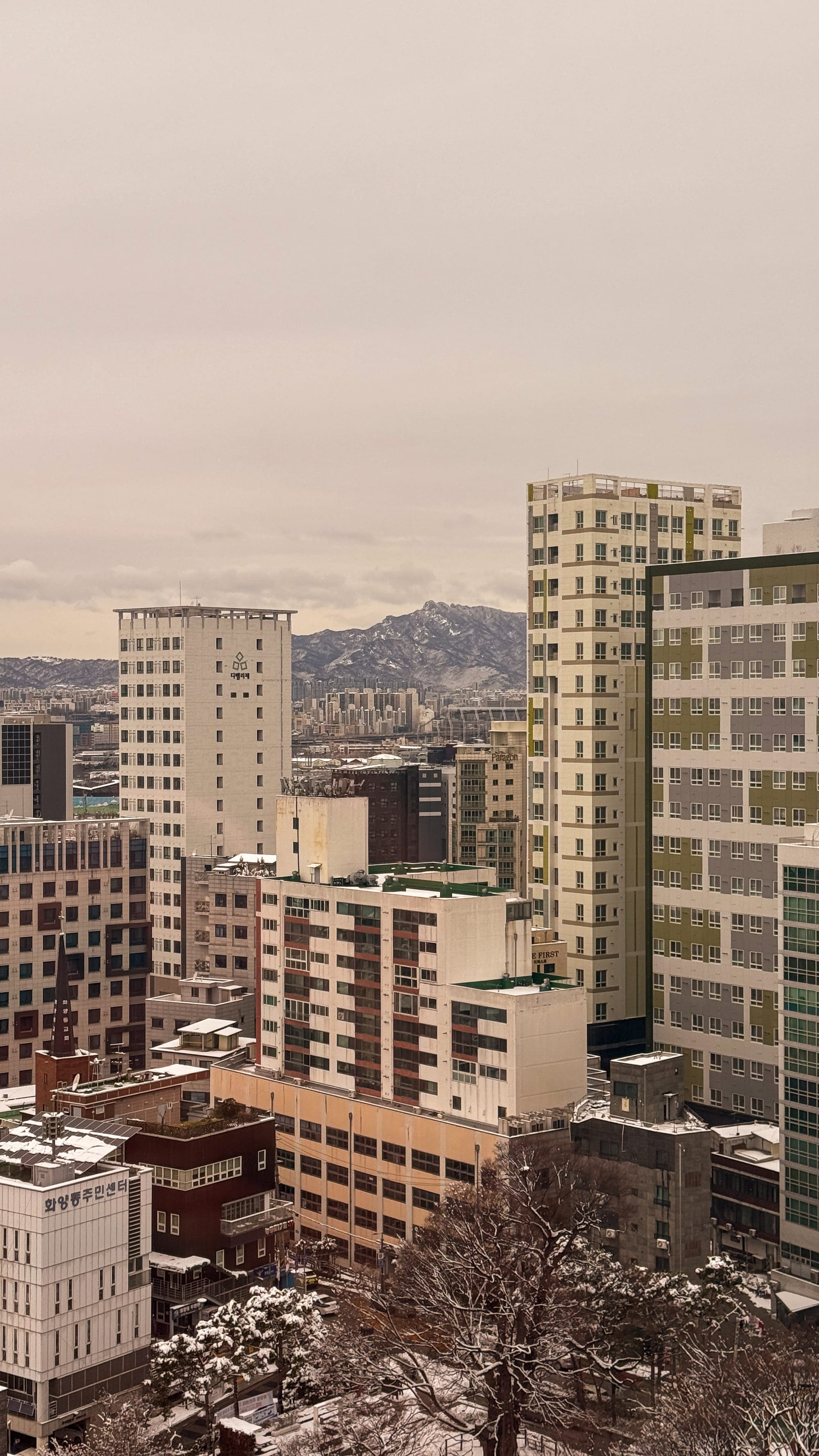
Various Neighborhoods of Seoul
Understanding Rental Prices
Navigating the cost of living in Seoul, especially when it comes to renting an apartment, requires an understanding of the city's unique rental market dynamics. This includes grasping the nuances of Seoul's popular neighborhoods, the types of available rental properties, and, importantly, the distinctive Korean rental systems known as Jeonse and Wolse.
In central Seoul districts such as Gangnam and Jongno, the allure of living in the heart of the city's vibrant culture and convenience comes with a higher price tag. These areas are renowned for their desirability, offering easy access to a plethora of dining, shopping, and entertainment options. As detailed in our exploration of Seoul's popular neighborhoods, the lifestyle in these prime locations commands premium rental prices, reflecting the high demand among both locals and expats (Exploring Seoul's Most Coveted Neighborhoods).
Conversely, the city's outskirts present more economical living options. These areas offer a quieter, more relaxed pace of life, albeit with the trade-off of longer commutes and less immediate access to central amenities. For those looking to stretch their budget further while still enjoying the benefits of living in Seoul, these regions are worth considering (Finding Affordable Living Spaces in Seoul: A Guide to the Outskirts).
The Korean rental market is characterized by two main systems: Jeonse and Wolse, each catering to different financial situations and preferences. Jeonse, a unique lump-sum deposit system, allows tenants to live rent-free for the duration of their lease, typically two years, by providing a substantial deposit upfront. This deposit, often amounting to 50% to 80% of the property's value, is returned at the end of the lease period. This system can be particularly advantageous for those with significant savings, offering a way to live without monthly rent payments while their deposit is effectively 'loaned' to the landlord (Jeonse: Understanding Korea's Lump-Sum Deposit Rental System).
On the other hand, Wolse operates on a more familiar monthly rent model, with a significantly lower deposit requirement compared to Jeonse. This system is more accessible for individuals unable to gather the large sum required for a Jeonse deposit, though it results in regular monthly expenses. Wolse offers flexibility and is more aligned with international rental practices, making it a popular choice among expats and those without the means or desire to engage with the Jeonse system (Wolse: Navigating Monthly Rentals in Seoul).
In addition to understanding these rental systems, it's essential to budget for the extra costs associated with renting in Seoul. This includes utilities, maintenance fees, and general living expenses, which can vary widely based on lifestyle, property type, and specific agreements with landlords. These additional costs are crucial to consider for anyone planning to move to Seoul, ensuring a comprehensive budget that covers all aspects of living in the city (Budgeting for Life in Seoul: Beyond the Rent).
By piecing together insights from various aspects of Seoul's rental market, prospective renters can make informed decisions tailored to their needs and financial situations. Whether drawn to the vibrant heart of the city or the quieter charm of its outskirts, understanding the financial implications of Jeonse and Wolse, alongside the additional costs of living, is key to finding your ideal home in Seoul.
The Foreigner's Guide to Renting
Renting in Seoul as a foreigner involves several key steps. Securing an Alien Registration Card (ARC) is a must for signing any long-term lease. Understanding the local rental agreements, Jeonse and Wolse, can help you negotiate the best terms for your stay. Expats should be prepared to navigate these processes, often seeking the help of English-speaking services and legal advice to ensure a smooth transition.
I found a list of English-speaking realtors in Seoul and ready to share it with you here! Save for your hunt.
Furnished vs. Unfurnished: Making the Right Choice
Choosing between furnished and unfurnished apartments is a pivotal decision. Furnished options offer the convenience of moving in without the hassle of buying furniture and appliances, ideal for those on a short stay or looking for a quick setup. However, they often come with higher rental prices. Unfurnished apartments, while initially more budget-friendly, require an investment in furnishing your space, giving you the freedom to personalize your living environment but adding to upfront costs.
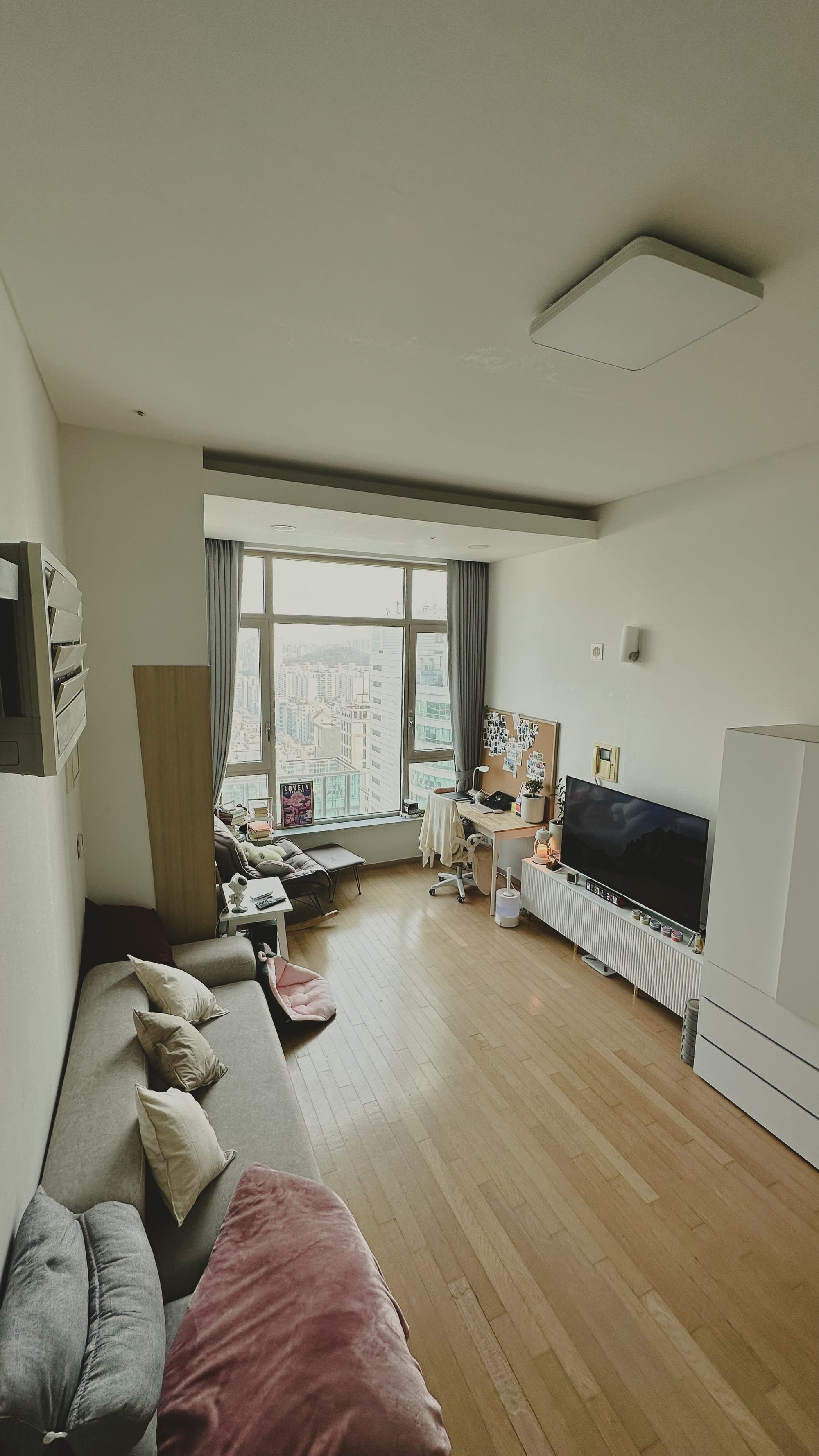
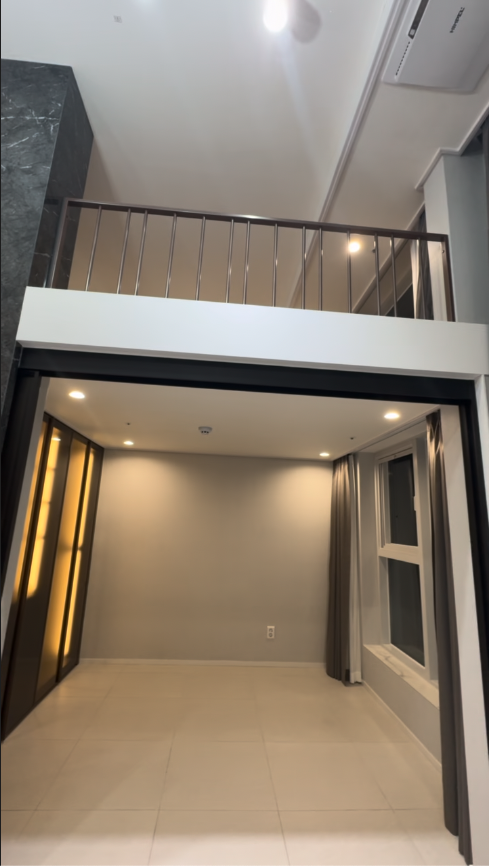
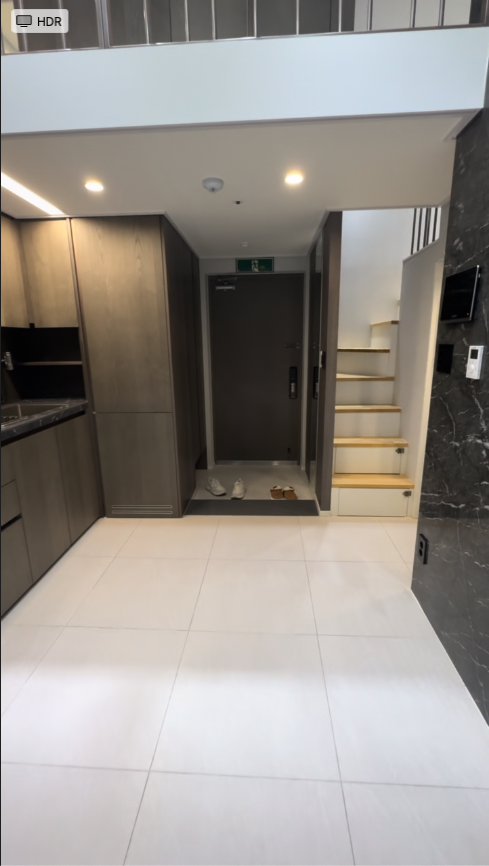
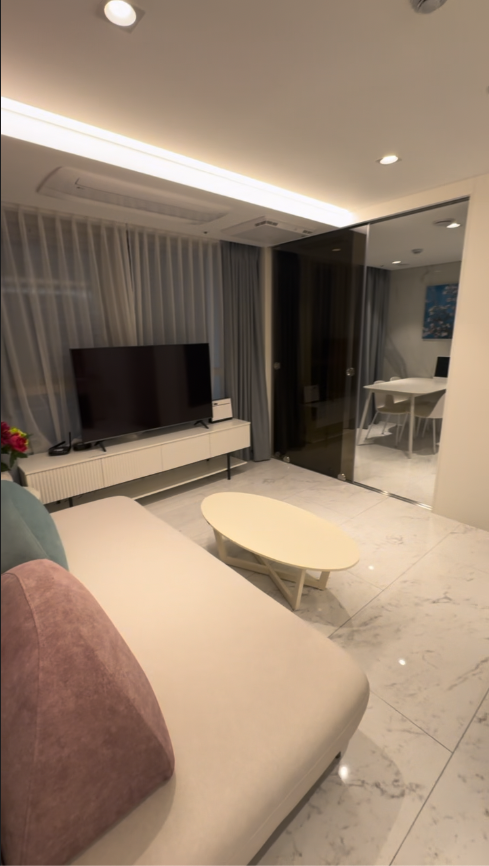
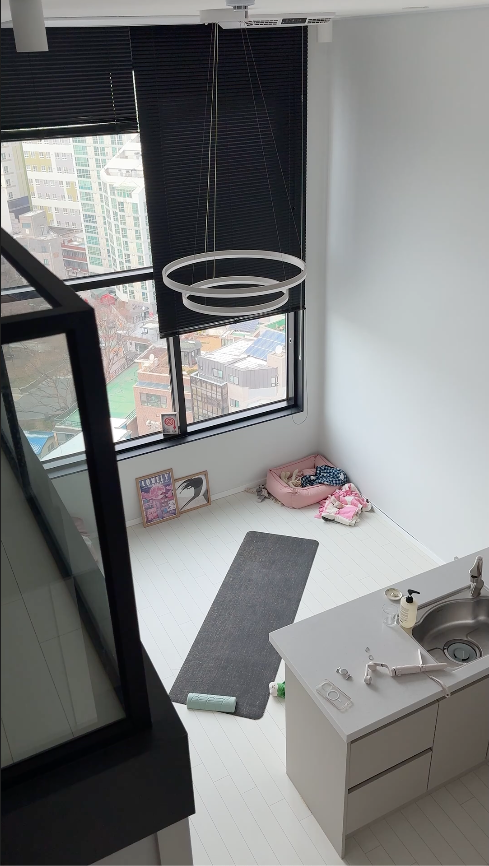
The first & the last picture are my apartments with a few of my things, but mostly landlords' stuff.
Finding Your Seoul Apartment
Finding your ideal apartment in Seoul is filled with resources and potential pitfalls. Online platforms like Zigbang and Dabang provide extensive listings and virtual tours, making initial searches convenient. However, my experience with misleading Dabang listings serves as a cautionary tale to verify listings and be wary of too-good-to-be-true offers. Naver Real Estate stands out as a reliable resource, offering detailed information and a broad range of listings, though it's advisable to visit properties in person whenever possible.
Short-Term Solutions and Beyond
For those who prefer not to be tied down by a long-term lease, Seoul offers many short-term rental options that cater to various needs and budgets. From serviced apartments to guesthouses, there's something for everyone, including those seeking the comfort of furnished accommodations with the flexibility of shorter lease terms.
In Seoul's evolving housing market, innovative living arrangements like community living, shared houses, and even creative spaces have become increasingly popular. For instance, platforms like Dears offer community living, where residents share common spaces while having private bedrooms, fostering a sense of community and interaction among residents.
Similarly, CommonTown provides shared housing options in Seoul, emphasizing convenience, community, and comfort.
Another noteworthy addition to Seoul's dynamic housing market is Local Stitch. This platform stands out by offering not just shared living spaces but also fostering a creative and collaborative environment. Local Stitch is designed for those seeking a blend of work and lifestyle, providing co-living spaces encouraging networking and creativity among its residents. This option particularly appeals to digital nomads, entrepreneurs, and creative professionals looking for a space that supports their living and working needs.


This is Stitch, the dog (in Local Stitch Euljiro branch, that I lived for 8 months)
Shared houses represent an economical and social living option, appealing to students and young professionals. Renting a private room while sharing common areas helps reduce living costs and offers a communal living experience.
The affordability of renting an apartment in South Korea varies significantly by city and housing type. While Seoul, Busan, and Daegu have studio apartments averaging USD 400-500 per month, cities like Daejeon and Gwangju are more budget-friendly at USD 250-350 per month. Living outside city centers can further reduce costs to as low as USD200 per month. It's important to note the deposit requirements, which can be one to two months' rent or up to USD 7,000-10,000, reflecting Korea's rental market practices.
These diverse housing options in Seoul and across South Korea match different lifestyles and budgets, from the luxury of serviced apartments to the affordability and creativity of spaces like Local Stitch. Understanding these options can greatly assist anyone looking to find their ideal home in this vibrant city.
Budgeting Beyond Rent
Living in Seoul extends far beyond the monthly rent payment; it encompasses a range of additional expenses that can significantly impact your budget and overall living experience. Understanding and planning for these costs are crucial for ensuring a seamless transition to life in the bustling South Korean capital.
Utilities and Internet
Utilities such as electricity, water, gas, and internet are essential services that can vary widely in cost depending on usage, apartment size, and even the season. For instance, heating costs during the cold Korean winters can be substantial, especially if your apartment uses ondol (floor heating), a traditional and popular heating method in Korea. On average, utility bills for a modest apartment in Seoul can range from KRW 100,000 (USD 75) to KRW 200,000 (USD 130) monthly. For reliable internet service, which is a must-have in this tech-savvy city, expect to pay around KRW 30,000 (USD 22.6) to KRW 50,000 (USD 37.6) per month. Websites like Korea Electric Power Corporation and KT Corporation offer more details on current rates and services.
Maintenance Fees
Most apartments in Seoul also require the payment of maintenance fees, covering the upkeep of the building and common areas, security services, and sometimes even garbage disposal. These fees can range significantly based on the apartment complex's amenities and location, typically from KRW 50,000 (USD 37.6) to over KRW 200,000 (USD 130) monthly. It's essential to clarify what these fees cover with your landlord or management office upon signing your lease.
Living Expenses
Beyond the basics of keeping your home running, living in Seoul means engaging with the city's vast cultural and culinary landscapes. Whether it's dining out in one of the city's countless restaurants, enjoying a night out in vibrant neighborhoods like Itaewon or Hongdae, or exploring cultural sites, these experiences, while enriching, add to your monthly expenses. Eating out in Seoul can cost anywhere from KRW 7,000 (USD 5.3) for a simple meal to over KRW 20,000 (USD 15)for a more upscale dining experience per person. Meanwhile, entrance fees for museums and cultural sites are generally affordable, often under KRW 10,000 (USD 7.5), but frequent visits can add up.
For expats and travelers, understanding the nuances of daily life and budgeting appropriately is vital. Websites such as Numbeo and Expatistan provide valuable tools for estimating living costs in Seoul, offering insights into average prices for everything from groceries to entertainment. These resources can be instrumental in planning a budget that allows you to fully enjoy the dynamic culture and lifestyle of Seoul without financial strain.
Planning for these additional living expenses, from utilities and maintenance fees to dining and entertainment, is an integral part of making your Seoul living experience comfortable and enjoyable. By leveraging trustworthy resources and adjusting your budget accordingly, you can ensure a smooth and enriching stay in one of Asia's most vibrant cities.
Lastly
Renting an apartment in Seoul is an exciting step towards immersing yourself in this dynamic city's life. With a bit of research, patience, and an adventurous spirit, you can find a place that not only suits your budget but also provides a window into the heart of Korean culture. Welcome to Seoul, where your urban adventure begins!
Whether you're planning to rent a flat in Seoul, seeking Seoul apartments to rent, or are curious about accommodation options in Korea, armed with this guide, you're well on your way to finding your perfect home in this incredible city. Embrace the journey, and remember, Seoul is not just a place to live; it's a lifestyle to experience.

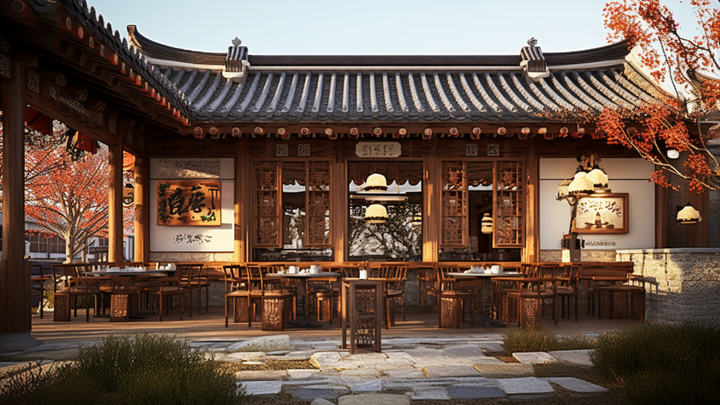


Comments ()